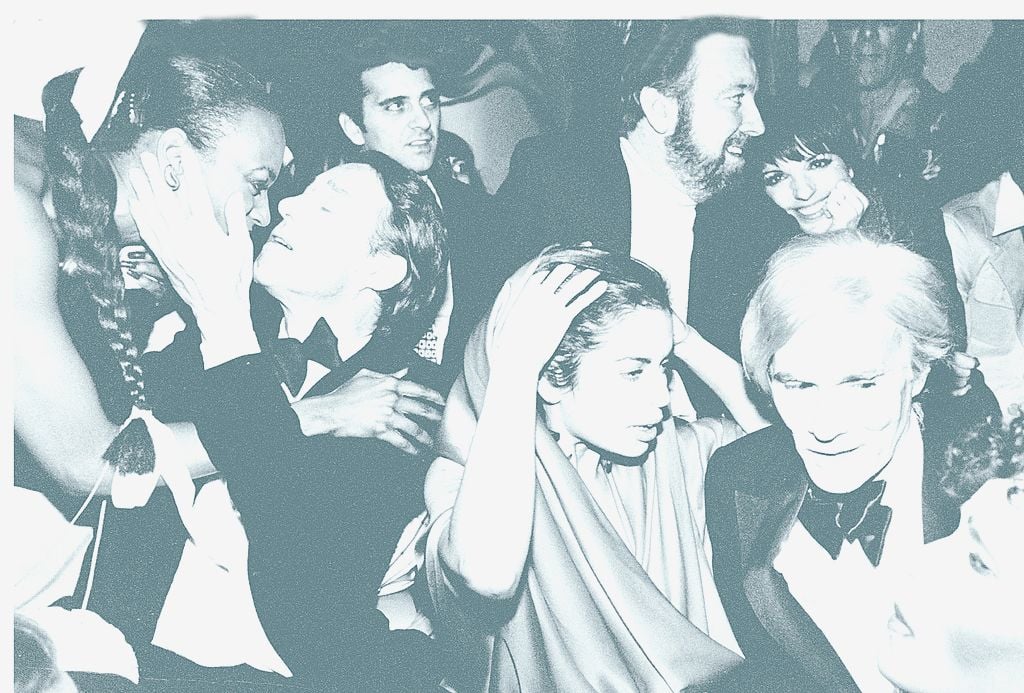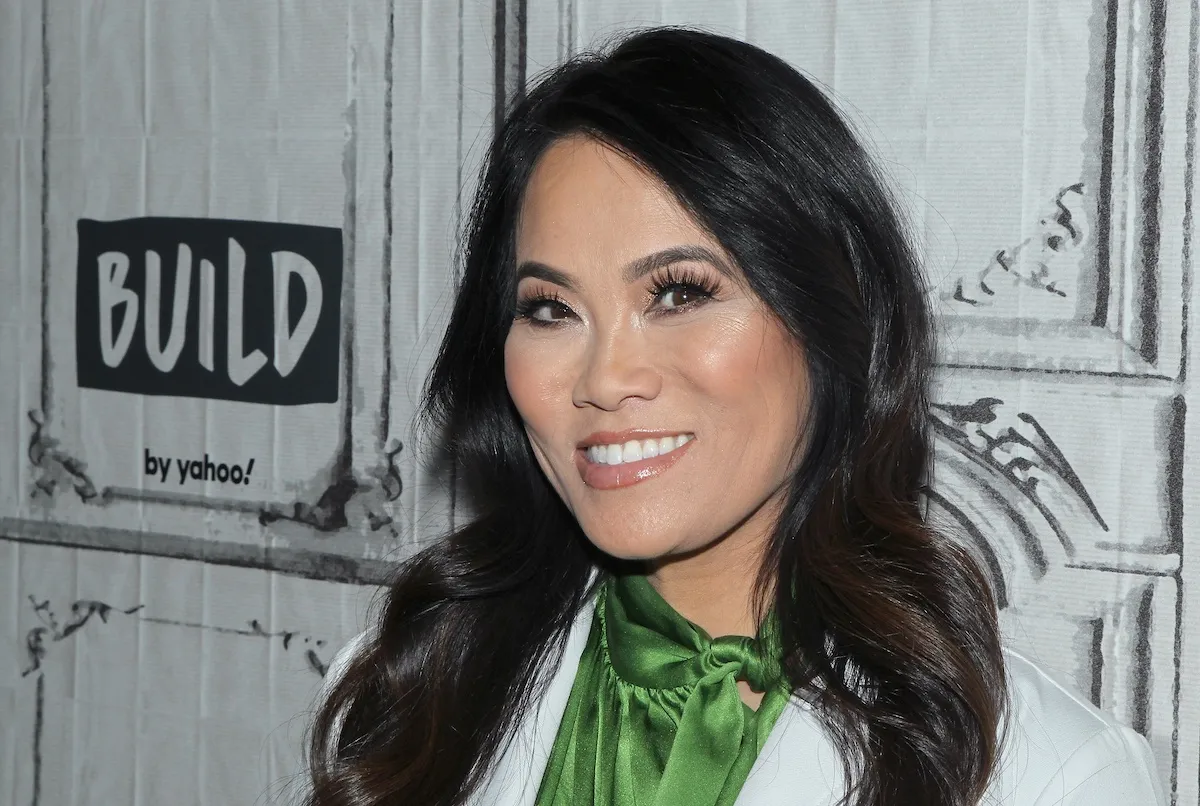The Door Policy Was at the Heart of Studio 54’s Appeal: Exclusivity Is Only Half the Story
Trying to describe Studio 54 is an exercise in creating a sense of tangibility out of an intangible essence. Studio 54 lives on as a cultural phenomenon — a nightclub where freedom of expression reigned supreme. Where painters and actors and photographers — all boasting just enough clout and unique flair (in appearance and disposition) — shook their tailfeathers in unison.
Studio 54 was only open for a brief amount of time, as the Feds quickly ended the nightclub’s life, taking the owners down for skimming money off the top (among other illicit activities). Yet, in its brief stay, the likes of Cher, Salvador Dali, Elizabeth Taylor, Liza Minnelli, Al Pacino, Calvin Klein, and Andy Warhol were all regulars. So, what made Studio 54 so special? What brought people far and wide to its door — seeking the approval of a critical doorman — with an eye for those deemed “worthy” to enter — to become one with its life and culture.

Why did a club seemingly destined for disaster — thrown in the heart of Manhattan’s Red Light District — open to such success? Why, to this day, does the club remain one of the most memorable nightlife institutions in all of history?
Inside Studio 54 and the harsh door policy
Getting into Studio 54 was no easy task. If your name didn’t carry enough recognition, you had to be offering something worthwhile: what were you offering the club in return for your entry? You had to dress the part and be the part.
Were you interesting? Were you different from the polyester-wearing individuals simply looking for a night out after work; for they “didn’t want people with polyester shirts,” once explained co-owner Ian Schrager. From your fashion choices to your icon status, it was a “dictatorship at the door,” explained Andy Warhol (quoted by Refinery29).
In short, Mick Jagger was a shoo-in, and so was Keith Richards, but as for the other members of the Rolling Stones…they had to pay. Yet, Studio 54 was not the only club that used exclusivity to boost its appeal, as such is a trick as old as time. So, what else? In short, it was the combination of exclusivity at the door, yet inclusivity on the dancefloor.
The door and the dancefloor: the juxtaposition between the two fostered the appeal
While Andy Warhol described the door as a dictatorship, one half of his quote remains: Studio 54 was a “democracy on the dancefloor.” In short, the group controlled the flow, and nothing — and no one — was off-limits. And everyone present was equal.
Once inside, fame and notoriety, image and reputation management were thrown to the wind. Everyone was given the freedom to express, with the unspoken knowledge that the club was a sanctuary — a loud, bopping, drug-ridden, dance-crazed “safe space,” before those two words came to mean what they do today.
You could gryate or sway, you could talk or sing-a-long to the music, but everyone present was free to be themselves. And, in a fashion way ahead of its time, it didn’t matter if you were gay, straight, transgender, black, white, catholic, or Jewish, you were welcomed for you who were — not the boxes society used to describe the least descriptive or encompassing aspects of your identity.
You were wanted for your personality, your uniqueness, your intrigue, your contribution to a motley crew of attendees who — when placed together — meshed seamlessly. The exclusivity at the door was largely in place to guarantee the inclusivity behind the gate —which was the energy that kept the club popping…until its very last day.


